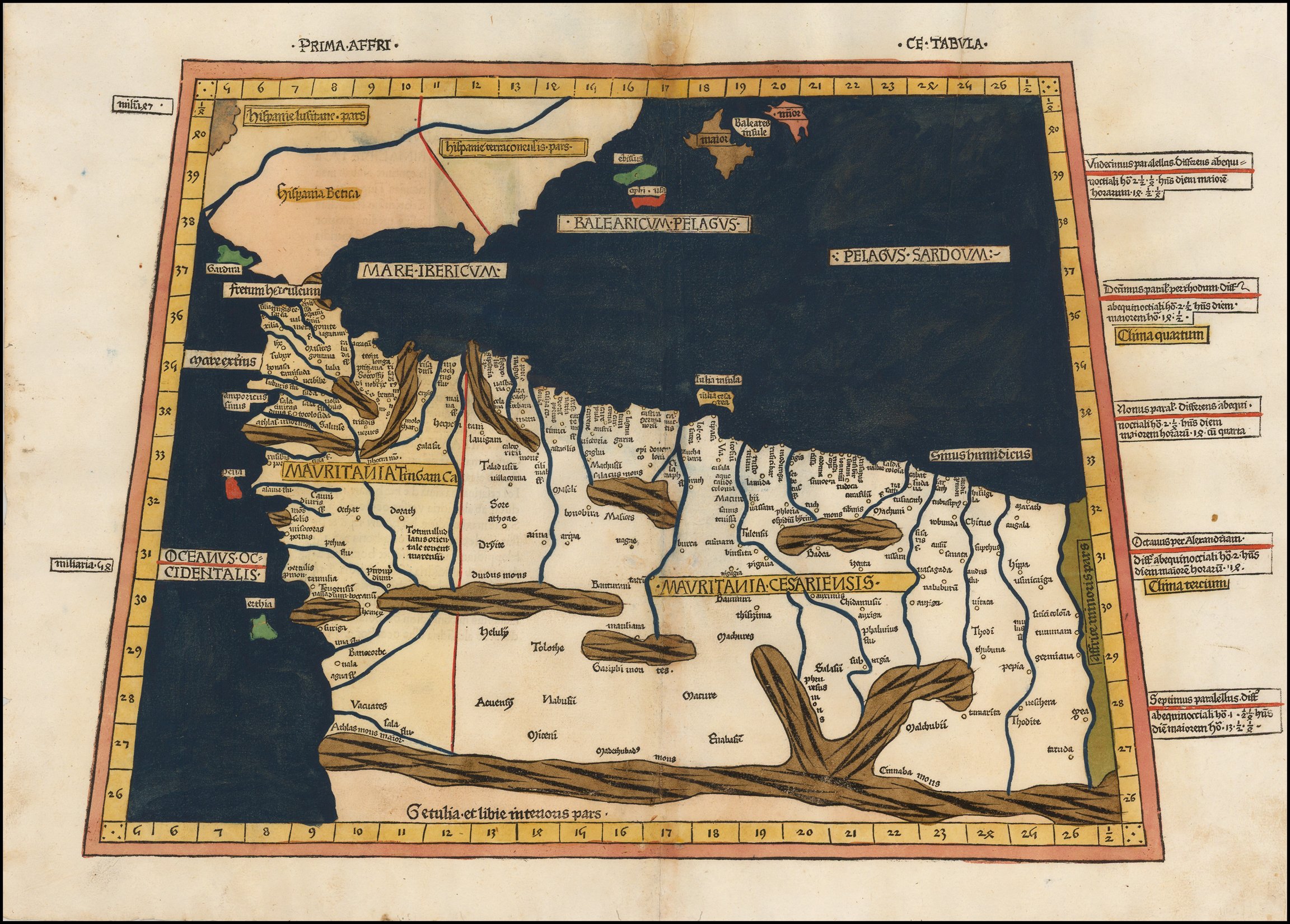Tingis: Echoes of the past in modern Tangier
Tangier, Morocco's vibrant coastal city, pulsates with a rich history whispering from its ancient stones. But beneath the bustling medina and bohemian cafes lies a hidden chapter—the echoes of a lost civilization known as Tingis.
Founded in the 5th century BC by the Berbers, Tingis flourished as a crucial trade hub. Its strategic location at the gateway to the Atlantic Ocean made it a magnet for Phoenician and, later, Carthaginian merchants. Tingis thrived on the exchange of goods like ivory, gold, and precious metals, becoming a key player in the ancient Mediterranean trade network.
In 42 BC, Julius Caesar's legions swept through North Africa, incorporating Tingis into the Roman Empire. The city blossomed under Roman rule, transforming into a sophisticated metropolis with temples, baths, and aqueducts. Tingis became the capital of Mauretania Tingitana, a testament to its strategic and economic importance.
Though time has swept away much of Roman Tingis, remnants whisper of its grandeur. The necropolis outside the city walls, with its elaborate mausoleums, offers a glimpse into the lives of its Roman citizens. Traces of the forum and the Hercules Caves, where legend has it the mythical hero rested after battling Antaeus, further stir the imagination.
The fall of the Roman Empire ushered in a new era for Tingis. Vandal invasions and the rise of Islam reshaped the city, paving the way for its modern incarnation as Tangier. Yet, the spirit of Tingis endures. The Berber language echoes in the bustling marketplace, and the city's cosmopolitan character reflects its ancient role as a meeting point of cultures.
Today, Tangier beckons travelers with its captivating blend of history and modernity. Explore the labyrinthine medina, haggle for treasures in the souks, and lose yourself in the rhythmic chants of the call to prayer. As you wander through Tangier's streets, remember the whispers of Tingis, a testament to the enduring legacy of a once-mighty civilization.






